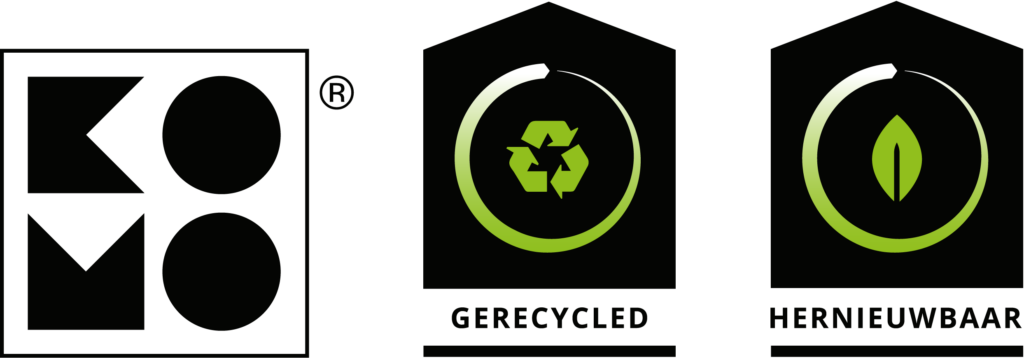Why timber building is gaining ground
August 7, 2024Prefabricated building techniques using wood are becoming increasingly popular in the Netherlands because of the growing interest in sustainable building methods. But the need for faster and more efficient building methods as a solution to the housing shortage also plays a role in this growing interest in wood. Traditional building is still widely used, however, timber building is gaining ground because of its advantages including sustainability, environmental friendliness and building efficiency.

Oscar van Doorn, director of certification body SKH
Oscar van Doorn, SKH Director
Oscar van Doorn, director of certification body SKH, knows like no other the aspects of timber building. SKH certifies products, processes and people, as well as complete prefabricated timber frame homes for the KOMO quality mark,
When we ask Oscar what the range of possibilities are for timber building, he replies: “Endless, I would say. From history we know what can be done with wood whether it concerns building work, the facade or the foundations but this also includes representative buildings such as railways stations, government buildings and luxurious hotel lobbies. We see timber building solutions everywhere. Generally, we think it’s great, but we often find the step to living in a wooden building a difficult one. Fortunately, this idea is now rapidly disappearing and, thanks to timber frame solutions, timber interior cavity walls and more recently thanks to CLT (Cross Laminated Timber, ed.), we are now applying many timber building solutions. We have been providing certification for this for years and also now see increasing demand for KOMO certification.”
Sustainability of wood
Sustainability is one of the advantages of timber building. Is this also reflected in the certification of wood products? “Wood is a renewable raw material. During the usage phase of a building, which is more than 30 years, a new tree grows, whereas with other materials we deplete the earth. In addition, wood lends itself easily to reuse by sawing and shredding. If the wood can no longer be reused, it ends up in the incinerator like all other materials. CO2 emissions become a raw material for growing trees, which absorb CO2. Within the KOMO family we have the option of clearly indicating the content of bio-based content and/or recycled content on the certified product. In fact, it concerns the extent to which reused and sustainable raw materials are used.

Influence on reducing CO2 emissions
We are curious about why building with wood is playing an important role in reducing CO2 emissions in the building sector. Oscar van Doorn explains: “Trees store CO2. When we use wood in sustainable solutions, this CO2 remains stored in the product. Only when the wood is burnt, after being reused, is it released. But the forests reabsorb this CO2 as raw material for wood production. You don’t see such a closed chain with other materials. Take a petroleum-based or mined resource, for example. Once it is consumed, it is not replenished, it does not regrow. In the case of petroleum, the CO2 stored deep in the ground is eventually blown into the atmosphere on combustion, which unfortunately only increases CO2 in the atmosphere.“
Challenges
While prefabricated timber building offers many advantages, there are also challenges, such as possible limitations in high-rise buildings and concerns about fire safety. How does Oscar van Doorn feel about this? “Carpentry seems simple, nonetheless it requires a greater degree of know-how. You have to take moisture and the natural properties of the material into account. By addressing the challenges and applying the right techniques, prefabricated timber building can be used safely and effectively, even in high-rise applications. In doing so, we still benefit from the many advantages of wood as a sustainable and environmentally friendly building material.”
In conclusion, Oscar van Doorn states with some surprise, ”All in all, I sometimes wonder why people now understand that plastic cups and plastic materials are no longer acceptable and accept innovative alternatives yet they find it difficult to switch to the building material wood, which has already been showing and proving its value for centuries, and very importantly, does not deplete the earth!”

